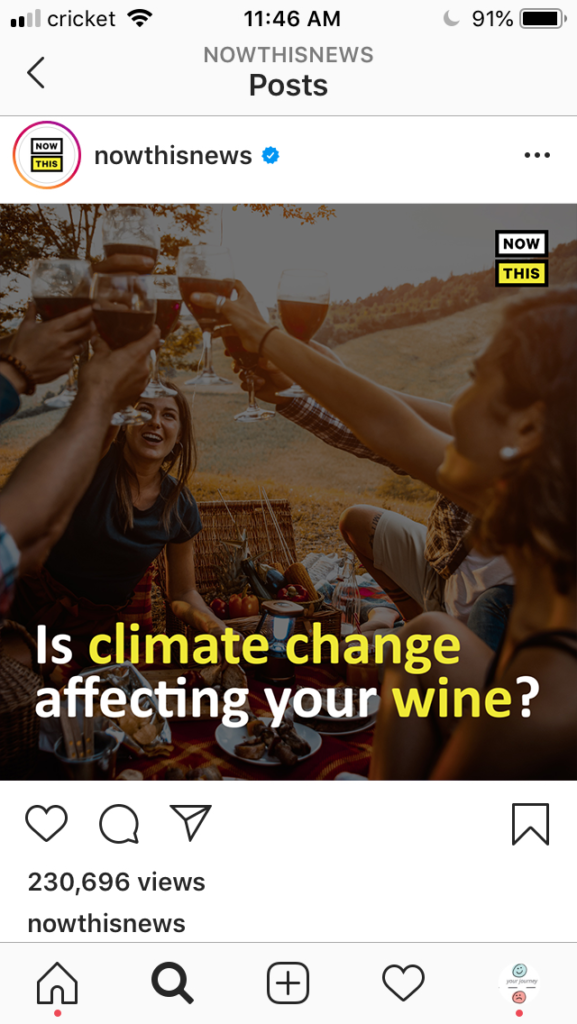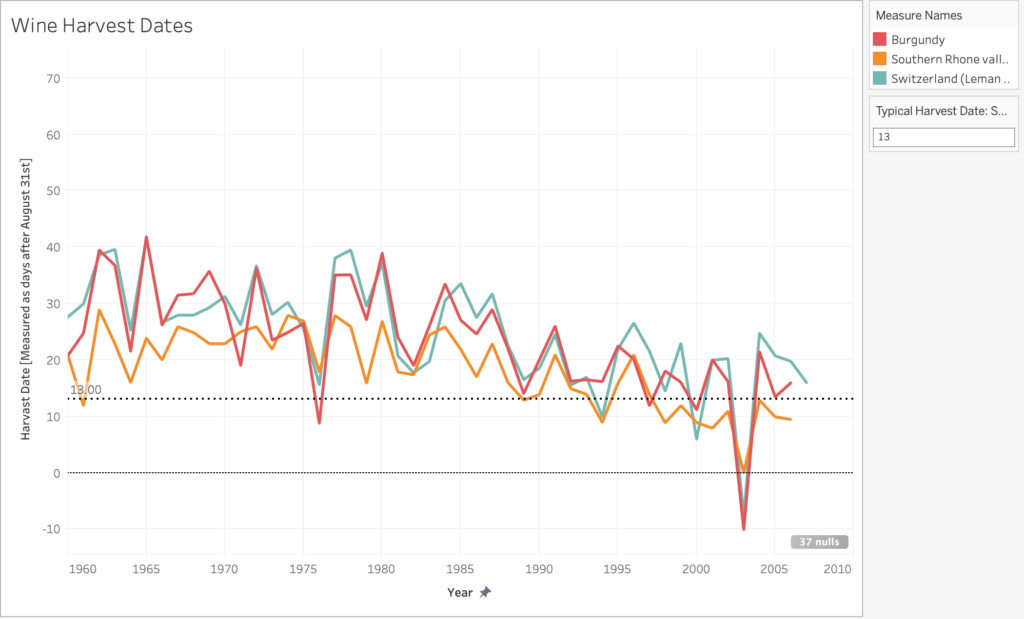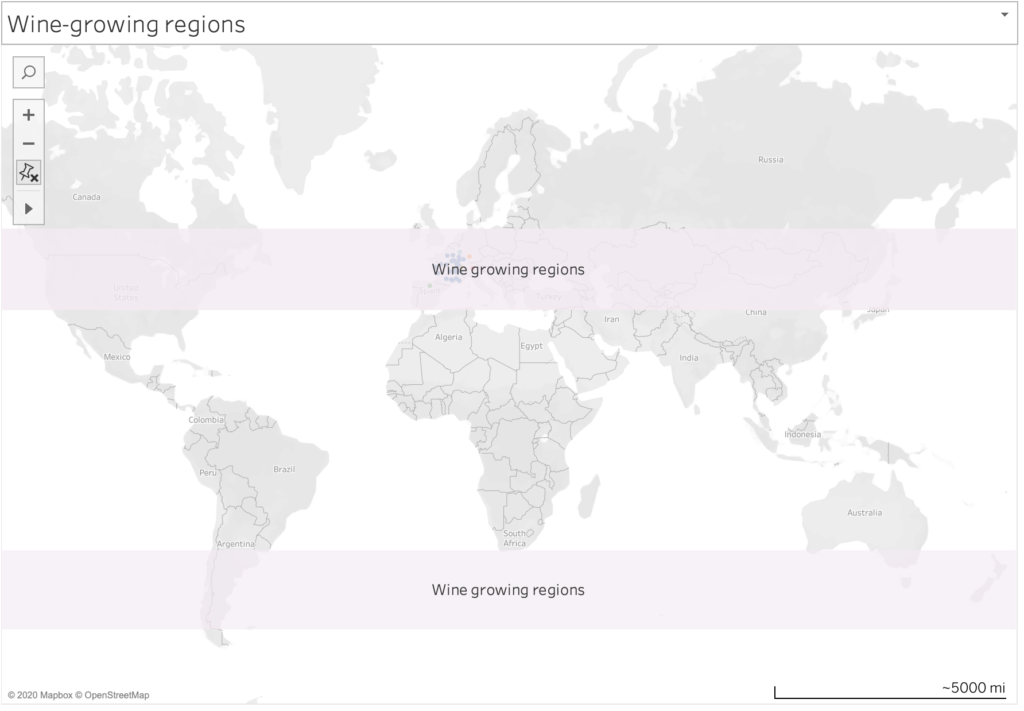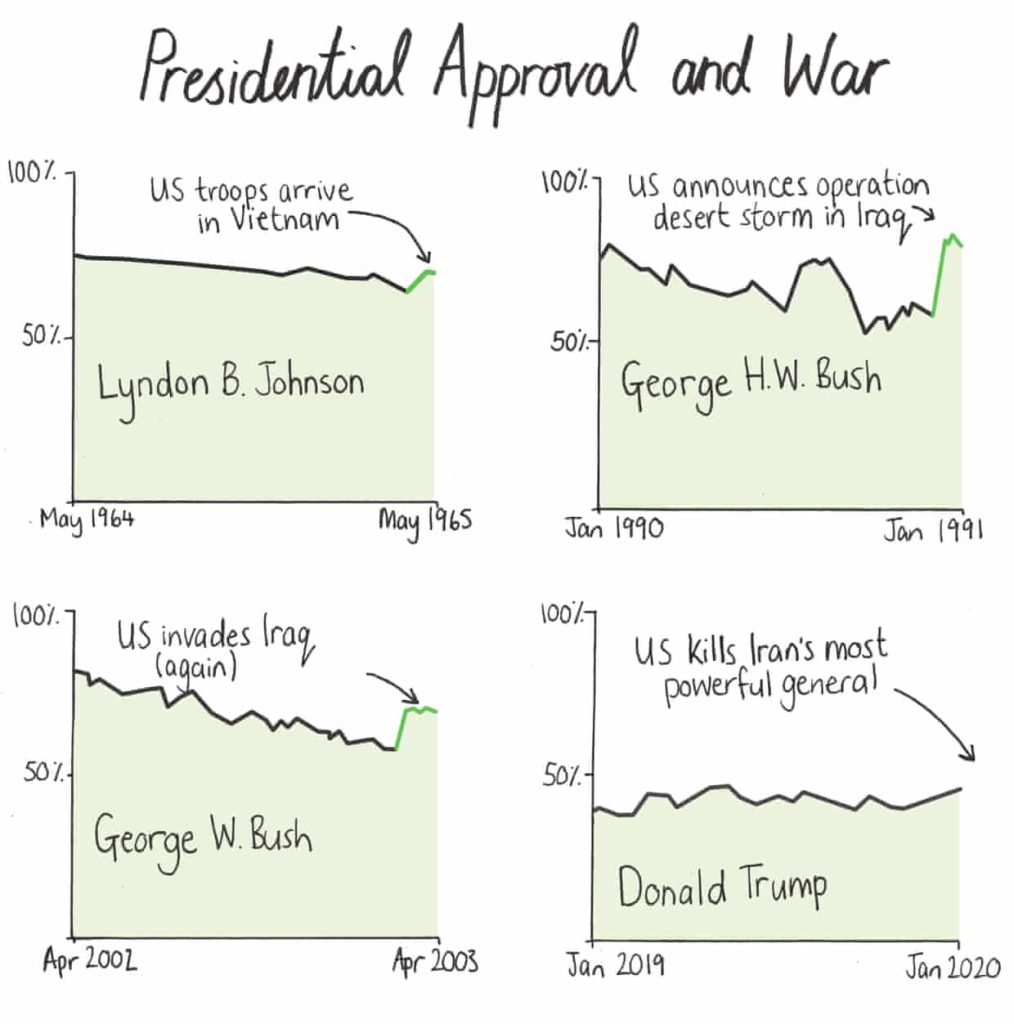Group: Joshua Feldman, Samra Lakew, Neil PendseAir Quality Dataset: https://aqicn.org/here/
For our sketch, we imagined we were members of GreenPeace trying to develop a campaign to build support for an international air pollution treaty. Our intended audience is under 40 because they will have to live with the effects of poor air quality. This campaign is part of a larger strategy at GreenPeace to engage gen Z in the fight for a greener earth. To generate as much support as possible, we knew our campaign needed to fulfill a few criteria. It had to be:
- Understood quickly
- Simple for our audience to sign the petition
- Shared easily
- Engaging
Since our audience was comfortable with social media and video calls, to meet these criteria we designed a series of video filters that can be used on platforms like Snapchat, Zoom, and FaceTime. The filter illustrates the current air quality in a user’s location and has a link to the petition where users can also share the campaign with friends. We show the air quality in two ways. At the top of the screen, we have a bar which fills up as the air pollution gets worse and changes from green to yellow to red. Above the bar, we show the user their current location so they know that this is specific to them.
Additionally, the filters make the pollution in the air visible. As the air pollution in a region gets worse, an increasing number of icons will float around the user and obscure them. We also cover the user with a smog-like haze, which gets thicker and more red when the air is more polluted.
At the bottom of the screen, we have a button that links to the online petition and users can share the campaign from there. When they sign the petition, they can also sign up for future GreenPeace communications.
When users click on the screen, they can change the icons. When users first turn on the filter, the text “tap on the screen to change the icons” will appear on the screen, so users know about the feature and are immediately pulled into the story.
We also wanted the campaign to be timely. Isolation measures due to the COVID-19 pandemic have improved air quality around the world. Users can see this effect by scrolling back and forwards through time and see how air quality has changed since a shelter-in-place order was put in place in their location.
As the user scrolls back in time, they can see the air quality get worse. There are more icons on the screen and the smog is thicker and more red.
When the user scrolls forward in time, they are able to see the effect of the action they’re taking. Instead of showing a date, we tell the user that this is “tomorrow, if they take action today”. The smog disappears, the PM measure drops down, and the icons change to green jewels.
We feel like this filter meets our 4 original criteria. We hope that users will very quickly be able to see the pollution in the air around them and understand that something needs to be done. To emphasize this point, we tried to communicate the air quality in many different ways: through symbols like the bar, through text, and through video via the filter.
To make it easy for users to sign the petition, we tried to feature the button prominently and make it link directly to the petition.
We want users to share this campaign broadly. To achieve this goal, we chose a digital medium because sending a link is easier than sharing a physical object.
Finally, to make the campaign engaging, we used a number of techniques to make the user feel part of the story. The video filter literally puts them into data. We also have opportunities for the user to engage with the campaign by tapping to change the icons and scrolling back and forward through time. We also wanted to make a serious topic seem more approachable by taking a more playful approach. We made air pollution seem gross, not dangerous, and the clean air screen looks like the user just won a video game. Hopefully, by seeing themselves in the data story, engaging with the campaign, and feeling like the issue is approachable, users will pay more attention to our message and be more willing to take action.



